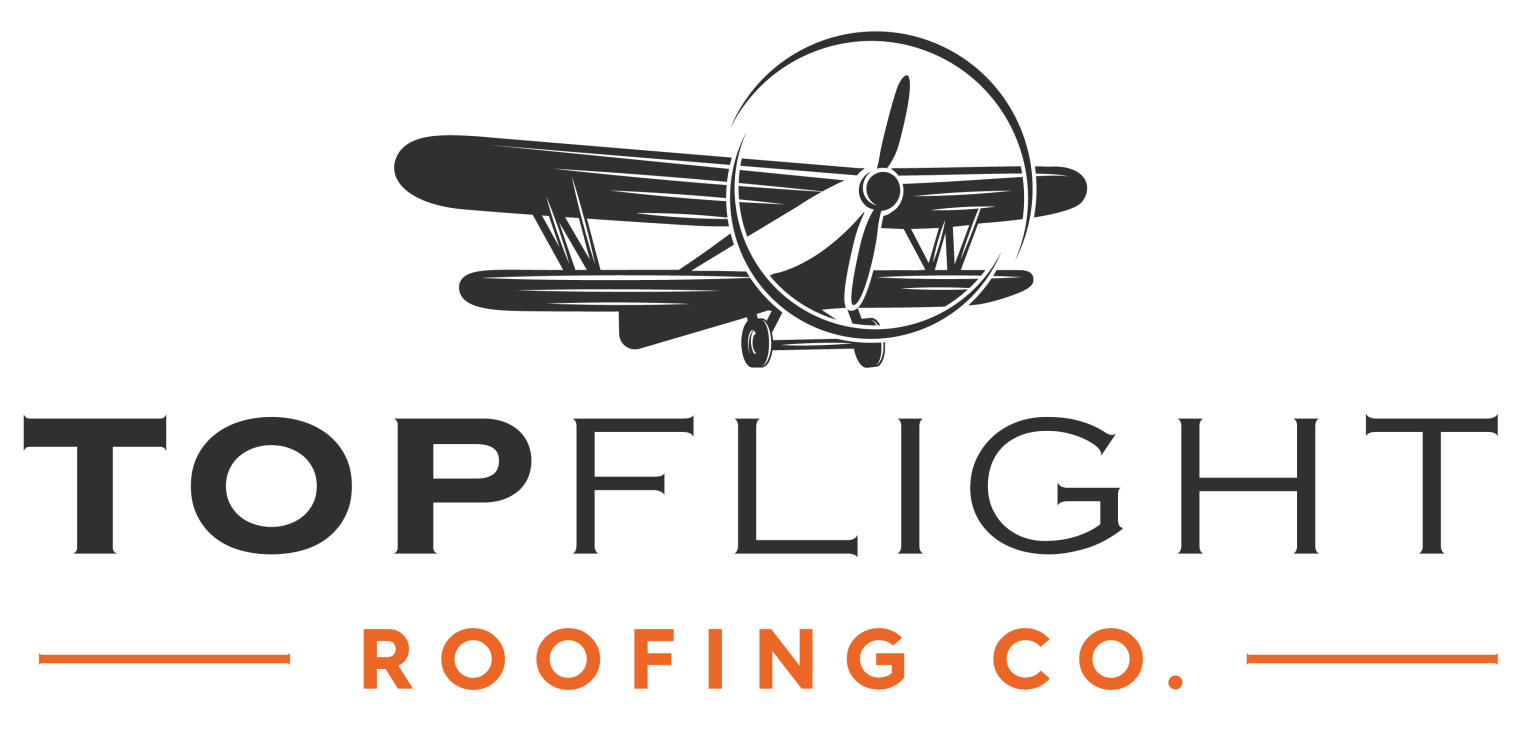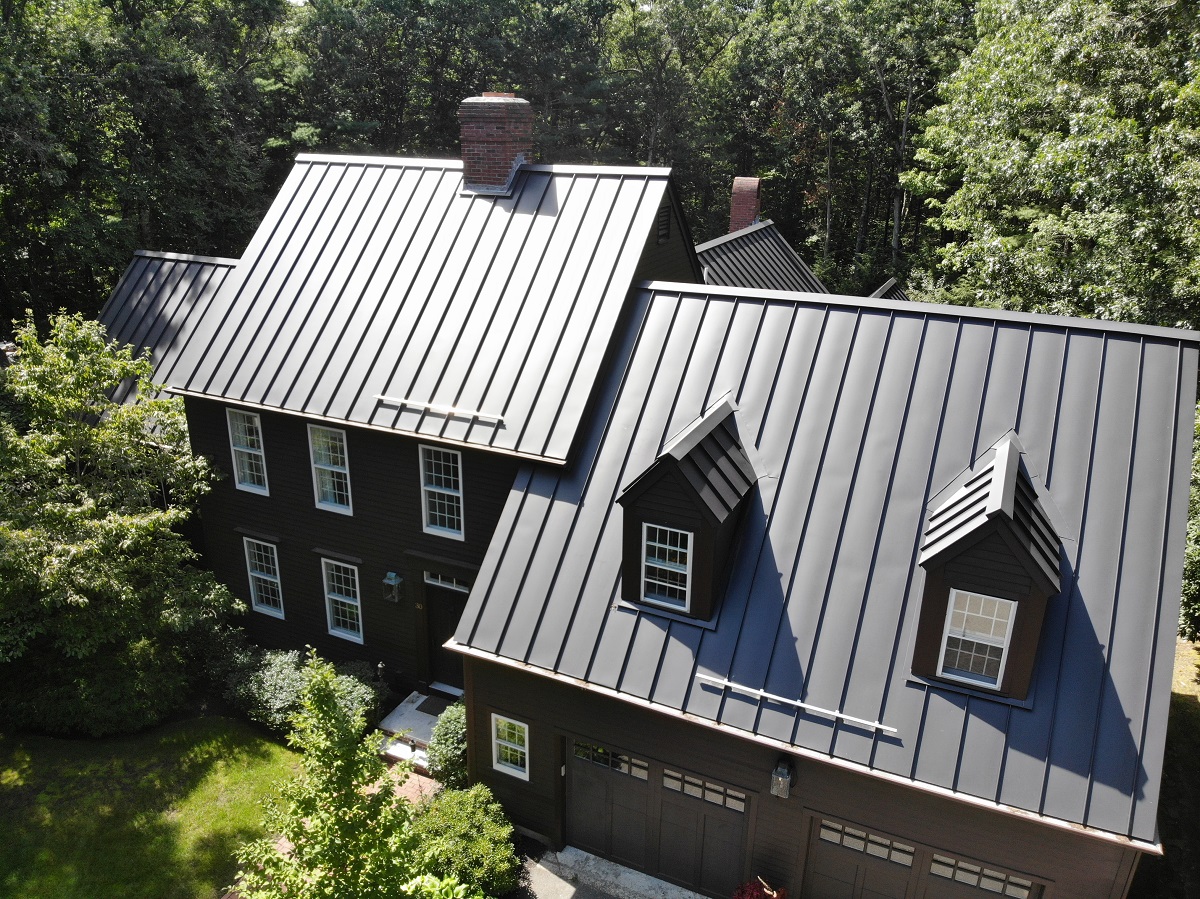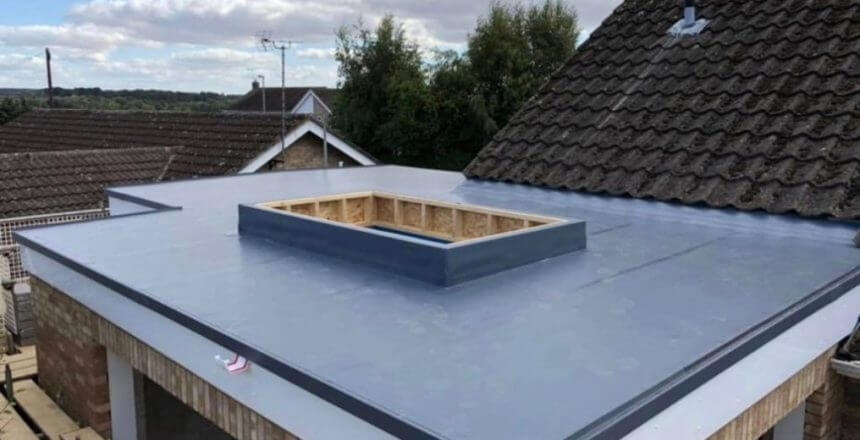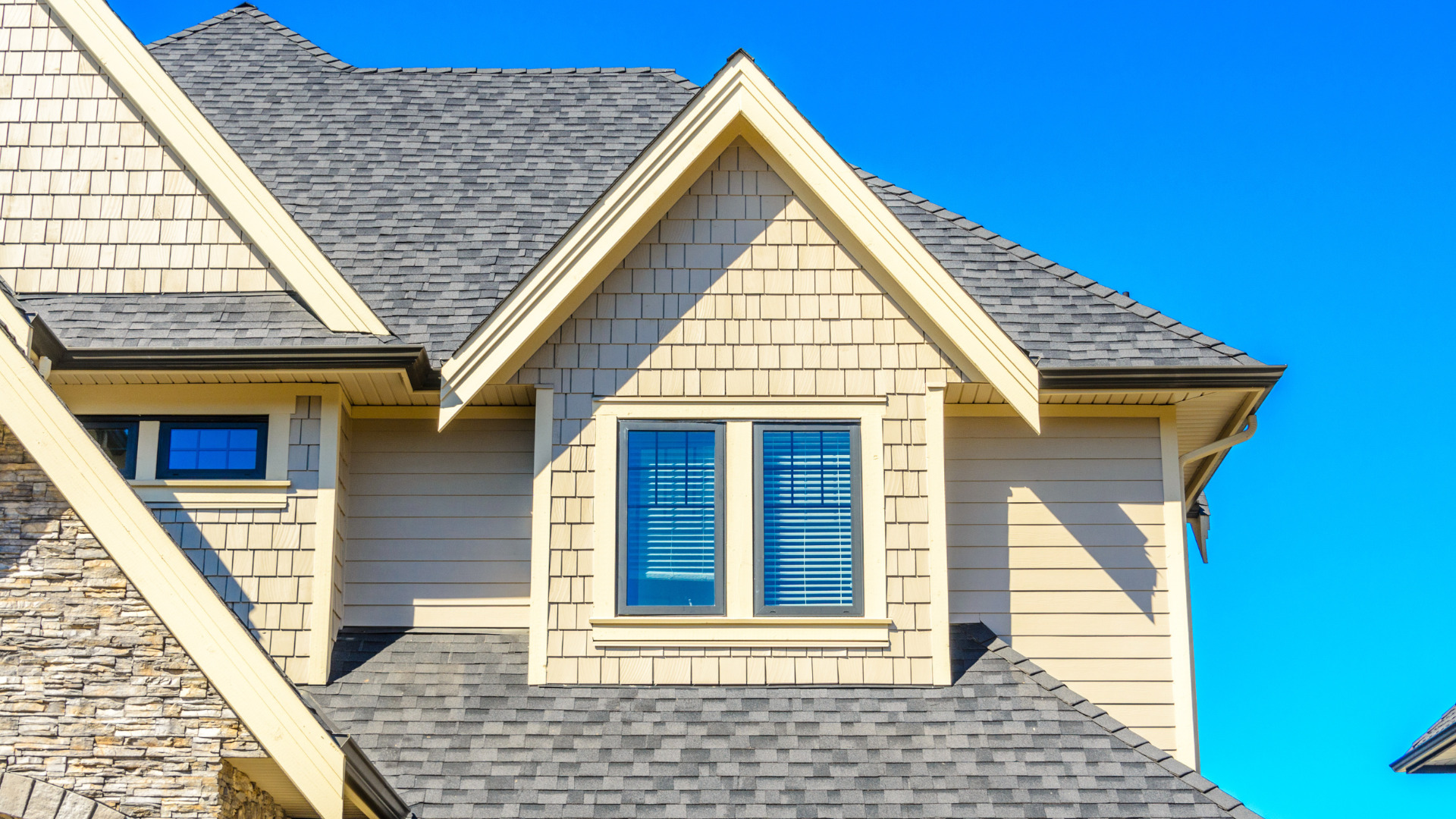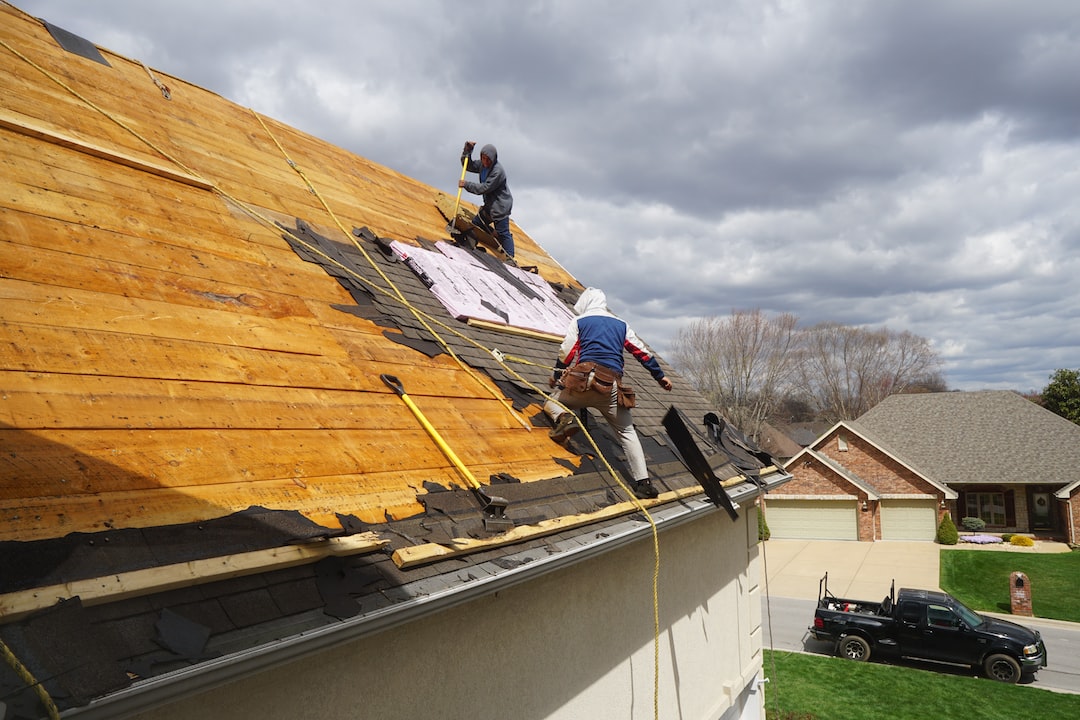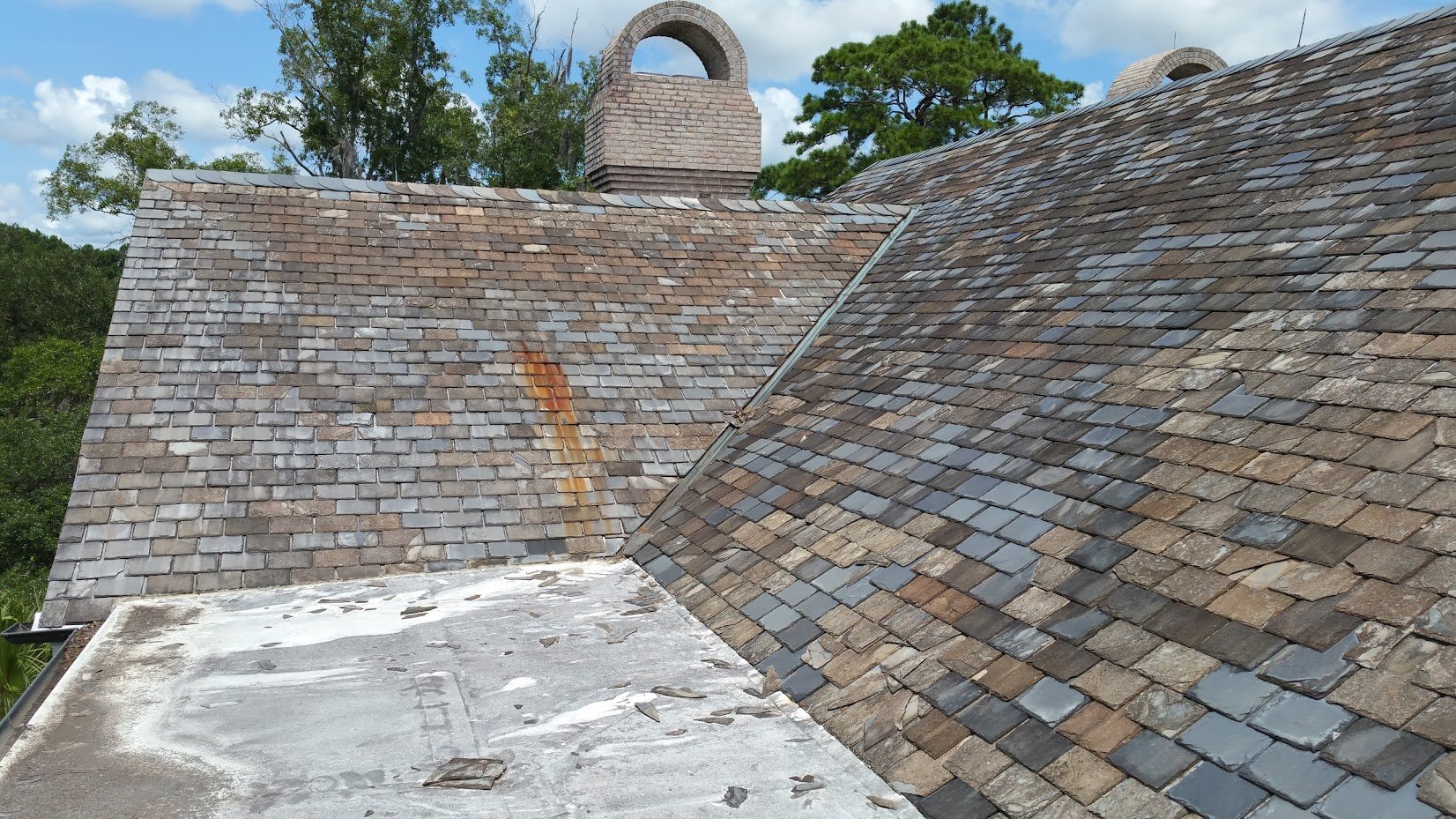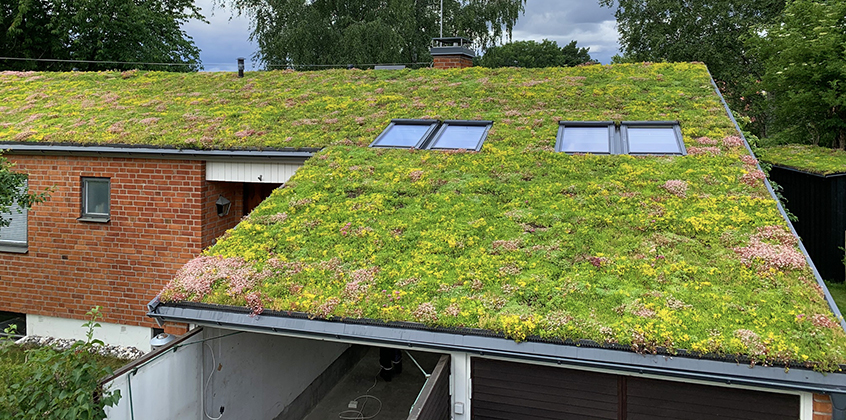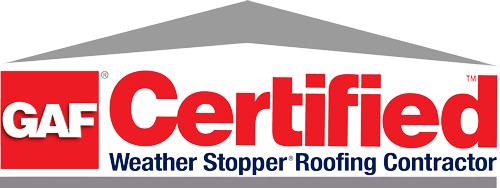In an era where environmental consciousness is more crucial than ever, sustainable building practices have become a focal point in the construction industry, with roofing solutions playing a pivotal role. Sustainable and eco-friendly roofing is not just a trend; it’s a necessary approach towards reducing our ecological footprint and promoting a healthier planet. This blog post aims to unravel the various factors that contribute to the sustainability of roofing solutions, providing insights into how these practices and materials not only benefit the environment but also offer long-term economic advantages for homeowners.
Understanding what makes a roofing solution eco-friendly involves looking beyond immediate functionality to its broader environmental impact. This includes considering the materials used, their production process, lifespan, energy efficiency, and end-of-life recyclability. Sustainable roofing solutions are designed to be more than just a shelter; they are a commitment to reducing environmental harm while maintaining or enhancing the efficiency and durability of the roofing system. Let’s delve into the components that make a roofing solution truly sustainable and eco-friendly.
Sustainable Materials
Sustainable materials are the cornerstone of eco-friendly roofing. Options like recycled shingles, made from post-consumer waste like rubber or plastic, offer a durable and environmentally friendly alternative. Metal roofing, often made from recycled materials, is not only long-lasting but also fully recyclable at the end of its life. Clay tiles, another sustainable option, are made from natural earth materials and can last for decades. Green roofs, which involve growing vegetation on rooftops, provide excellent insulation and help in reducing urban heat islands.
The sustainability of these materials is further enhanced by their life cycle. From production to installation, usage, and eventual recycling, eco-friendly roofing materials are selected for minimal environmental impact. They are often produced using less energy and generate fewer emissions, and their durability means fewer resources are consumed over time. When these materials do eventually reach the end of their life, their recyclability ensures that they re-enter the production cycle, thus reducing waste.
Energy Efficiency
Energy efficiency is a key factor in sustainable roofing. Eco-friendly roofs help in reducing a home’s energy consumption, particularly in heating and cooling. Materials like cool roofing systems, which reflect more sunlight and absorb less heat, can significantly reduce energy costs during warmer months. Properly insulated roofs also keep homes warmer in the winter, reducing the need for excessive heating.
The overall impact of sustainable roofing on a home’s carbon footprint is substantial. By lowering energy consumption, these roofs contribute to a reduction in greenhouse gas emissions. This not only has positive implications for the environment but also translates to financial savings for homeowners, as less energy used means lower utility bills. Sustainable roofing, therefore, provides a practical solution to energy conservation challenges.
Water Management and Conservation
Effective water management is another crucial aspect of sustainable roofing. Eco-friendly roofs often incorporate systems for harvesting rainwater, which can be used for landscaping and other non-potable purposes, thereby conserving water. Moreover, materials like green roofs can absorb and filter rainwater, reducing runoff and minimizing the impact on local water systems.
Sustainable roofing also plays a role in preserving natural landscapes. By managing runoff more effectively, these roofs prevent erosion and pollution that can harm local ecosystems. This integration of water management into roofing design not only contributes to a home’s sustainability but also aids in the broader effort to conserve and protect our water resources.
Durability and Longevity
Durability is a hallmark of eco-friendly roofing. Sustainable roofing materials are typically more durable than their conventional counterparts, meaning they need to be replaced less frequently. This longevity reduces the demand for new materials, lessens the environmental impact of manufacturing and transportation, and offers a more cost-effective solution over the roof’s life.
The lifespan of materials like metal, slate, or clay can span several decades, significantly longer than traditional roofing materials. This extended lifespan means fewer resources are consumed over time, and less waste is generated. Sustainable roofing, therefore, represents a long-term investment in both environmental and economic terms, offering a practical solution to the challenge of balancing durability with eco-friendliness.
Reducing Waste
Waste reduction is a critical component of sustainable roofing. During installation, eco-friendly practices focus on minimizing waste through efficient use of materials and recycling wherever possible. Old roofing materials are often recyclable, and by choosing to recycle rather than discard them, homeowners can significantly reduce the environmental impact of their roofing projects.
In addition, sustainable roofing practices emphasize responsible disposal of any waste that is generated. This means sorting materials and ensuring that they are disposed of in a way that has the least environmental impact. By reducing waste at every stage of the roofing process, from manufacturing to installation and disposal, sustainable roofing solutions play a vital role in environmental conservation.
Innovation and Technology
The roofing industry has seen a surge in innovation and technology, leading to more sustainable and efficient roofing solutions. Solar tiles, for instance, not only serve as traditional roofing materials but also double as solar panels, generating clean energy for the home. Cool roofs, another innovative solution, are designed to reflect more sunlight and absorb less heat than standard roofing materials, reducing energy costs and improving indoor comfort.
Future trends in sustainable roofing are likely to see even greater integration of technology, with materials becoming more efficient, durable, and environmentally friendly. Innovations in this space are not just about improving individual homes but are part of a larger movement towards more sustainable living and construction practices globally.
Certification and Standards
Understanding and adhering to certifications and standards is crucial for homeowners looking to ensure their roofing solutions are genuinely sustainable. Certifications like LEED (Leadership in Energy and Environmental Design) and ENERGY STAR are benchmarks for eco-friendly building practices, including roofing. These certifications provide guidelines for energy efficiency, material selection, and overall environmental impact.
Homeowners can use these certifications as a guide to verify the sustainability credentials of roofing materials and practices. By choosing products and services that meet these standards, they can be confident that their roofing solutions are not only beneficial for their homes but also contribute to broader environmental sustainability efforts.
In summary, sustainable and eco-friendly roofing solutions are characterized by their use of sustainable materials, energy efficiency, effective water management, durability, waste reduction, innovative technology, and adherence to environmental standards. These factors collectively contribute to a roofing solution that not only protects your home but also supports the health of the environment. As the construction industry continues to evolve, the importance of incorporating sustainable practices in all aspects of building, including roofing, becomes increasingly vital.
For those in search of sustainable roofing solutions, Apex Roofing Pros stands as a valuable resource. With their commitment to eco-friendly practices and materials, they offer roofing solutions that align with the principles of sustainability and environmental responsibility. Whether you’re looking to install a new eco-friendly roof or upgrade your existing one, Apex Roofing Pros has the expertise and products to meet your needs. Contact them today to explore how you can make your roofing solution more sustainable, contributing to both the well-being of your home and the planet.
